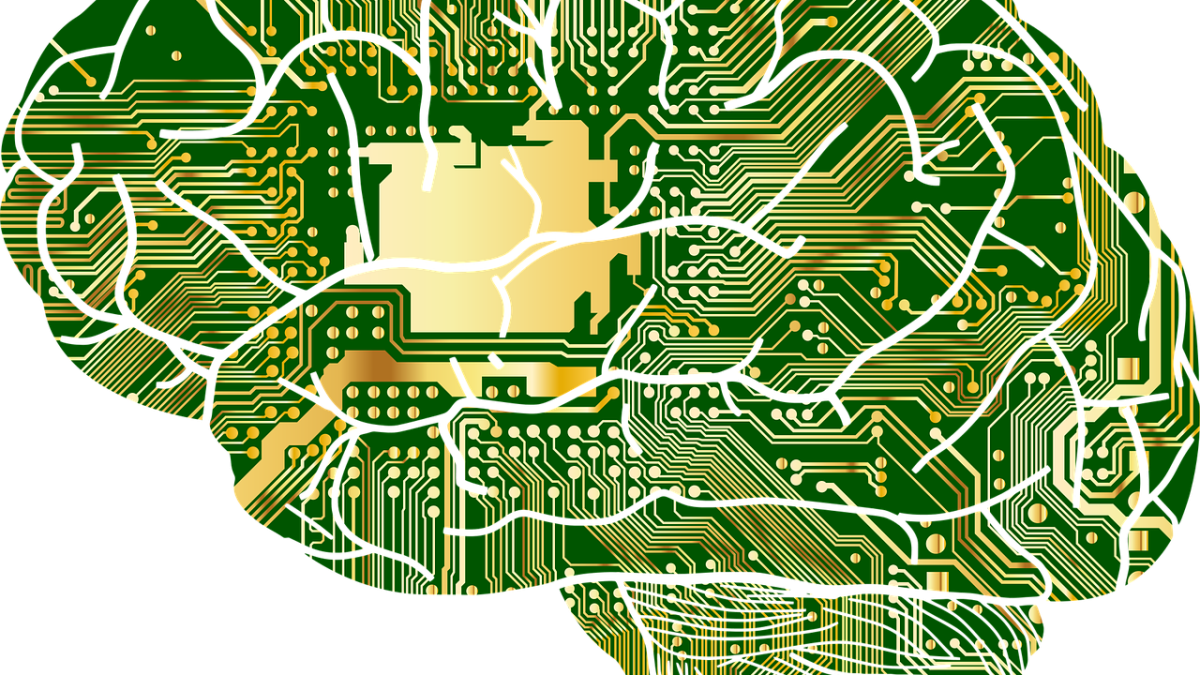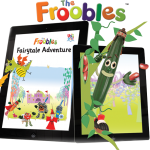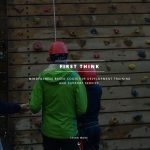Introduction:
Artificial Intelligence (AI) has emerged as a disruptive force, transforming various industries. One such sector experiencing a significant impact is creative design. AI technologies are revolutionising the way designers work, enhancing efficiency, creativity, and productivity. In this blog, we will explore the key points on how AI is changing the creative design sector and the potential it holds for the future.
Automated Design Processes:
AI-powered tools are automating repetitive design tasks, allowing designers to focus on more complex and creative aspects. For example, AI algorithms can generate multiple design options based on given parameters, significantly speeding up the design iteration process. This automation frees up designers’ time, enabling them to focus on ideation, conceptualization, and innovation.
Enhanced Design Assistance:
AI-based software provides designers with intelligent design assistance features. These tools can suggest colour palettes, font combinations, layout options, and even provide real-time feedback on design choices. By leveraging AI recommendations, designers can explore new possibilities, refine their creative vision, and achieve higher-quality design outcomes.
Efficient Data Analysis:
Designers often need to analyse large volumes of data to understand user behavior and preferences. AI algorithms can process and analyse this data much faster and more accurately than manual methods. By generating insights and patterns from user data, designers can make informed design choices, personalise user experiences, and create more successful design strategies.
Augmented Collaboration:
AI tools are fostering collaboration among designers and other stakeholders. Shared platforms powered by AI can facilitate real-time collaboration, allowing designers to work together on design projects remotely. These platforms also enable the integration of AI-generated design suggestions, enhancing collective decision-making and fostering a more inclusive and efficient design process.
Personalised User Experiences:
AI is enabling designers to create more personalised user experiences. By analysing user data and behavior patterns, AI can generate individualised design recommendations and adapt designs in real-time based on user preferences. This level of personalisation enhances user engagement, satisfaction, and loyalty, ultimately benefiting businesses and their customers.
Ethical Considerations and Challenges:
AI in the creative design sector also raises ethical considerations and challenges. Designers must navigate issues related to privacy, bias, and the potential for AI to replicate or replace human creativity. It is crucial for designers to strike a balance between leveraging AI capabilities while preserving the human touch, empathy, and ethical standards integral to the design process.
Conclusion:
AI is transforming the creative design sector, revolutionising how designers work and enhancing the quality of design outcomes. By automating tasks, providing intelligent design assistance, analysing data, fostering collaboration, and enabling personalisation, AI empowers designers to push boundaries and deliver exceptional creative solutions. As AI continues to advance, designers must navigate the ethical challenges it presents, embracing its potential while preserving the unique human perspective that drives artistic innovation. The integration of AI into creative design opens up exciting avenues for the future, where technology and human creativity can converge to produce breathtaking and meaningful design experiences.







